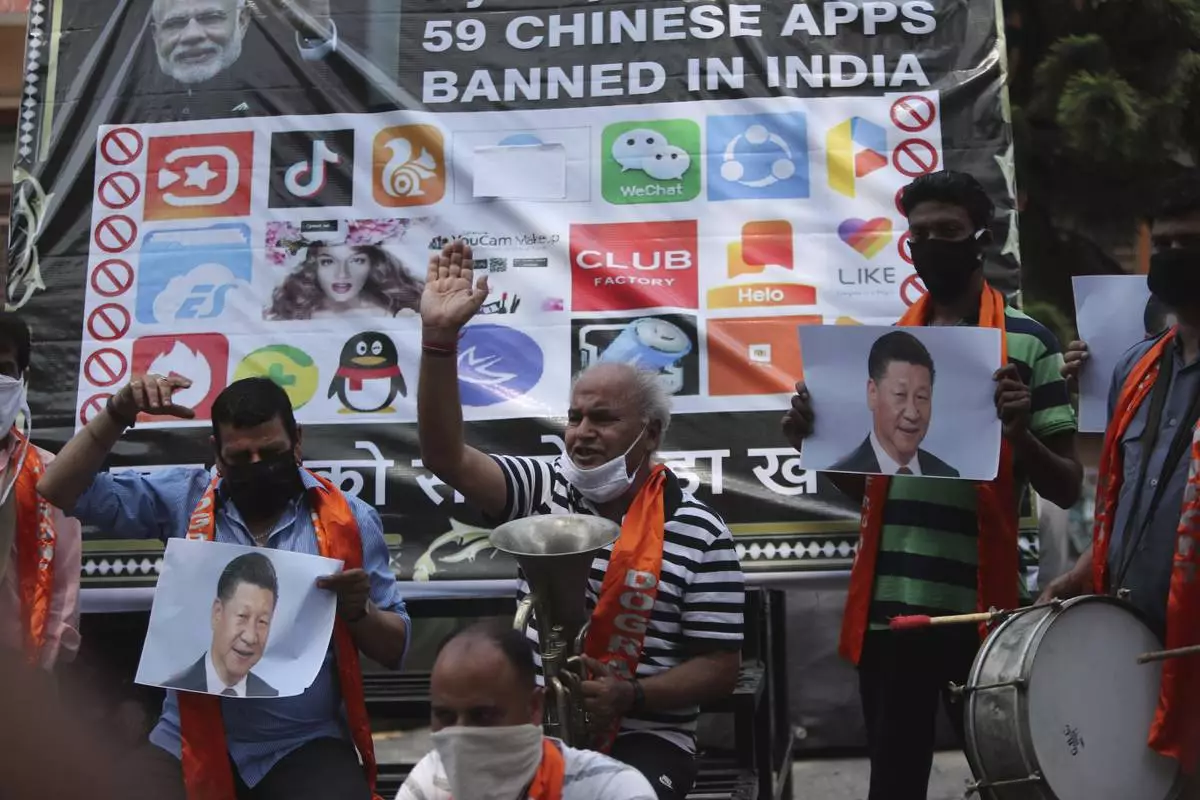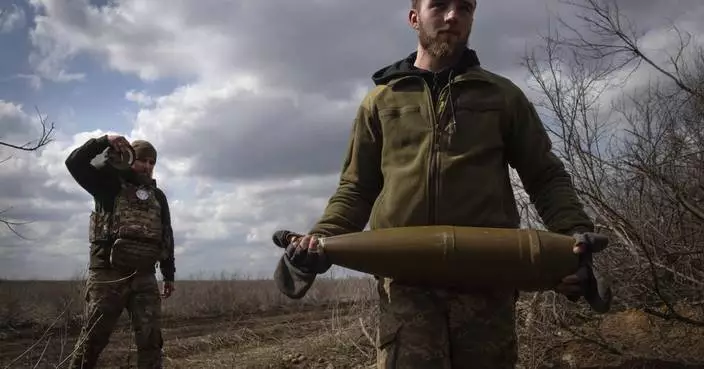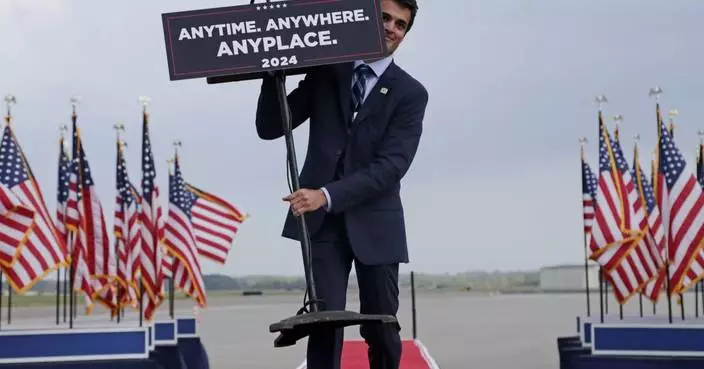Curtis Flowers has been jailed in Mississippi for 22 years, even as prosecutors couldn't get a murder conviction against him to stick through five trials.
Three convictions were tossed out and two other juries couldn't reach unanimous verdicts.
This week, the Supreme Court will consider whether his conviction and death sentence in a sixth trial should stand or be overturned for a familiar reason: because prosecutors improperly kept African-Americans off the jury.

In this Jan. 7, 2019 photo, The Supreme Court is seen in Washington. Supreme Court justices are again considering how to keep prosecutors from removing African-Americans from criminal juries for racially biased reasons, this time in a case involving a Mississippi death row inmate who has been tried six times for murder. (AP PhotoJ. Scott Applewhite)
The justices on Wednesday will examine whether District Attorney Doug Evans' history of excluding black jurors should figure in determining if Evans again crossed a line when he struck five African-Americans from the jury that most recently convicted Flowers of killing four people.
In overturning Flowers' third conviction, the Mississippi Supreme Court called Evans' exclusion of 15 black prospective jurors "as strong a prima facie case of racial discrimination as we have seen" in challenges to jury composition. This time around, though, the state's high court has twice rejected Flowers' claims, even after being ordered by the U.S. Supreme Court to take another look.
Wednesday's arguments at the high court are the latest stop on a twisting path that began on July 16, 1996. That's when four people were found dead inside Tardy Furniture in downtown Winona. Shot in the head were 59-year-old owner Bertha Tardy and three employees — 45-year-old Carmen Rigby, 42-year-old Robert Golden and 16-year-old Derrick "Bobo" Stewart.
It was months before officials arrested and charged Curtis Flowers for the murder. Prosecutors say Flowers was a disgruntled former employee who sought revenge against Tardy because she fired him and withheld most of his pay to cover the cost of merchandise he damaged. Nearly $300 was found missing after the killings.
Defense lawyers, though, say witness statements and physical evidence against Flowers are too weak to convict him. A jailhouse informant who claimed Flowers had confessed to him recanted in recorded telephone conversations with American Public Media's "In the Dark" podcast. There's a separate appeal pending in state court questioning Flowers' actual guilt, citing in part evidence that reporters for "In the Dark" detailed.
Flowers, now 48, has been imprisoned at the Mississippi State Penitentiary at Parchman since 1997, following his first conviction. That and two subsequent convictions were overturned by the Mississippi Supreme Court. Then two hung juries couldn't reach verdicts. Finally, Evans won conviction in Flowers' sixth trial, in 2010, the case at issue here.
The first two cases were overturned in part because Evans impermissibly introduced evidence relating to all four deaths in cases where Flowers was on trial for killing only one person. In the second trial, Evans got into trouble for striking black jurors, with a judge overruling one of the strikes. Then, the state Supreme Court overturned the third verdict, again citing racial bias in removing jurors. Lawyers for Flowers argue the guilty verdict from the sixth trial should be tossed for the same reason, noting Evans has overwhelmingly used his ability to strike individual jurors to remove black people.
"Mr. Evans has a history of keeping black folks off the jury ... so he can guarantee himself a victory, pretty much," said Ray Charles Carter, who represented Flowers in his last four criminal trials.
A spokeswoman for Attorney General Jim Hood's office declined to comment. Evans did not reply Monday to a request for comment.
In the course of selecting a jury, lawyers question potential jurors and first try to weed out people for specific reasons including unwillingness to impose a death sentence or personal relationships with people involved in the case.
Both sides also can excuse a juror merely because of a suspicion that a particular person would vote against their client. Those are called peremptory strikes, and they have been the focus of the complaints about discrimination.
Evans has removed black jurors at 4.5 times the rate that he struck white jurors, according to an "In the Dark" analysis of 6,700 jurors in 225 trials over 26 years.
The U.S. Supreme Court tried to stamp out discrimination in the composition of juries in Batson v. Kentucky in 1986. The court ruled then that jurors couldn't be excused from service because of their race and set up a system by which trial judges could evaluate claims of discrimination and the race-neutral explanations by prosecutors.
Justice Thurgood Marshall, who had been the nation's pre-eminent civil rights attorney, was part of the Batson case majority, but he said the only way to end discrimination in jury selection was to eliminate peremptory strikes.
Flowers' case had previously come to the U.S. Supreme Court's attention. In 2016, the justices ordered Mississippi's top court to re-examine racial bias issues in Flowers' case following a high court ruling in favor of a Georgia inmate because of a racially discriminatory jury. But the Mississippi justices divided 5-4 in upholding the verdict against Flowers. The state, defending the conviction, argues that justices must narrow the focus from Evans' broader record to the case at hand.
"Any potential relief must be confined to the events of this, his most recent conviction and sentence," Assistant Attorney General Jason Davis, who will argue the case for the state, wrote in a brief.
The state argues that each of the five black women who were removed from the jury were struck for legitimate reasons — that they knew Flowers, worked with his relatives, had been sued by Tardy Furniture, or opposed the death penalty on principle.
"The race-neutral reasons provided by the state were valid and were not the result of pretext," Davis wrote.










